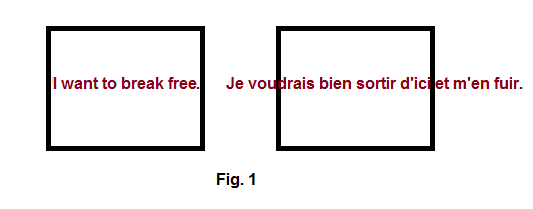Information density, as awkward as it sounds, is a term accepted by the academic community to describe how much information can be encoded in the elements of language. It is a measurement of the amount of data transmitted by a word or syllable or singular sound.
Listen closely to a sound clip in Italian. If you are a native English speaker, the speech will sound dizzyingly fast to you. Now listen to a sound clip in Chinese. In comparison, it will sound sluggish, like swimming upstream in a river of molasses. However, according to a recent study by Université de Lyon researchers, both languages transfer the same rate of ideas per second.
The difference is that Italian has a much smaller information density.
This phenomenon is easy to observe in print, especially in the United States, where bilingual documents, in Spanish and in English, abound. Spanish, having a nominal information density of 0.63 produces much longer lines and paragraphs than English, whose information density is 0.93.
This is also true for French and English (see figure 1).
The ideas of wishing to break through a barrier and fleeing can be condensed into five words in English, whereas French will naturally be more roundabout about it.
This difference across languages makes up one of the most common translation frustrations: pages translated between languages of different information densities will have overflow in text boxes, more pages, more blank spaces, unreadable tables, etc. These can result in increased printing costs, non-compliance with accessibility standards, broken layouts, decreased readability, aesthetic concerns, and many other inconveniences.
There are many techniques to work around this issue, but most of the time, some compromises will have to be made lest information be lost or readability ruined. Given this is our daily struggle and our overwhelming success in sorting out risky linguistic and desktop publishing situations, we can say with confidence that we will always deliver the best solution possible.






